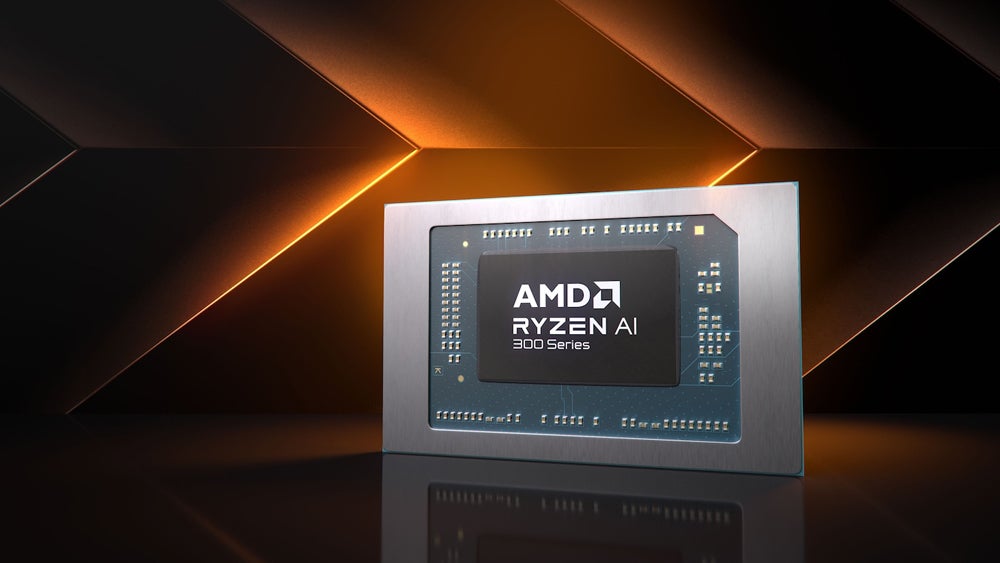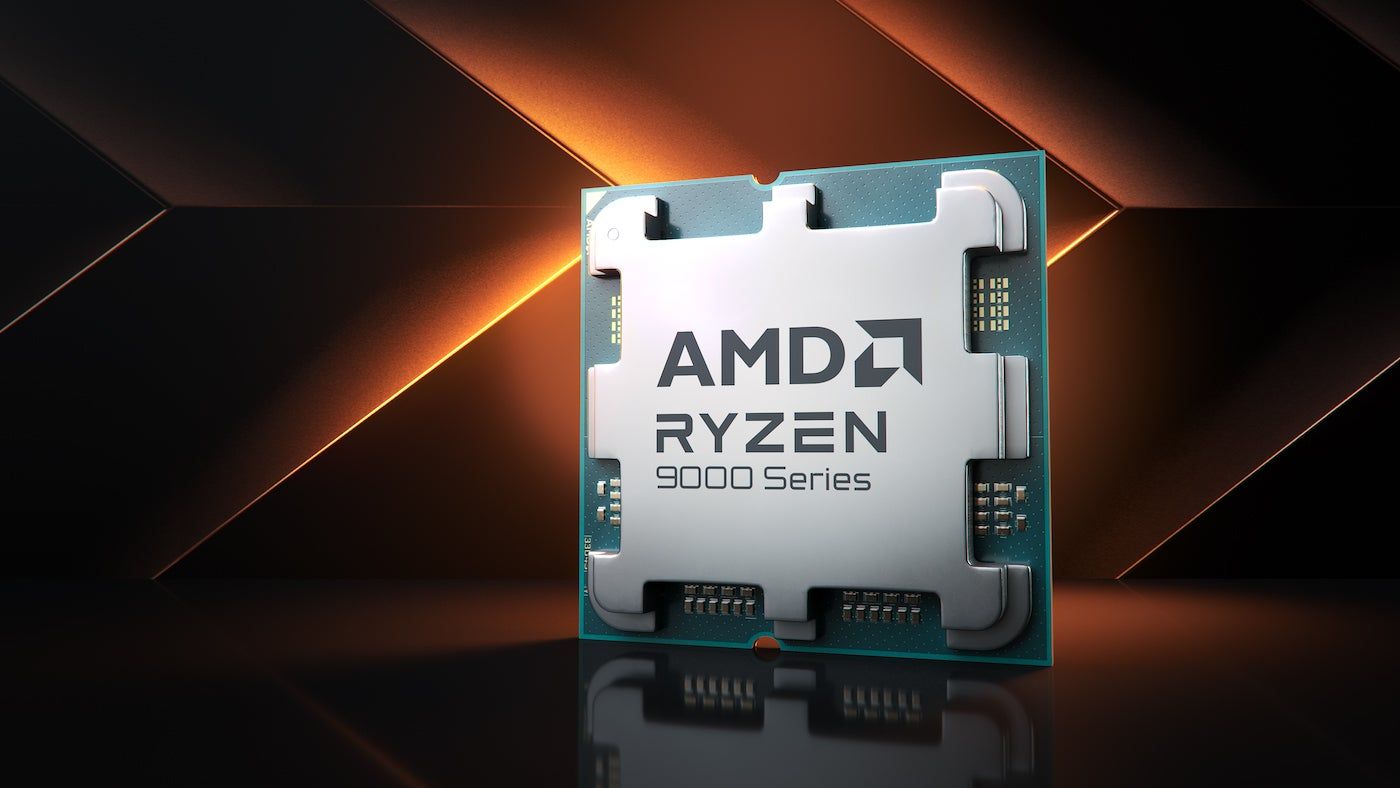AMD has a broad portfolio of GPUs, CPUs, architectures and networking products and recently joined a standards-building group aimed at creating standards for AI chip technology in opposition to rival NVIDIA. Its latest hardware, announced at Computex in Taipei on June 2, offers improved AI performance with products including the Ryzen 9000 series and the Ryzen AI 300 chip, which is a repackaging of the Ryzen 9 chips.
AMD's next desktop processors are the Ryzen 9000 series
The Zen 5 architecture and XDNA 2 NPU power the Ryzen 9000 series, which can be leveraged in desktops for productivity, content creation, or gaming. Ryzen 9000 series desktop processors will be available in July 2024.
The series consists of Ryzen 9 9950X, 9900X, 9700X and 9600X processors.
The Ryzen 9 9950X improves performance in heavy programs like Blender or Adobe tools with artificial intelligence features and reduces latency in games; AMD claims it outperforms the Intel Core i9. Decreasing latency is useful for AI in particular. Some models in this series show a marked decrease in heat output, with only 65W of thermal design power on the Ryzen 7 9700 X and Ryzen 5 9600 X.
AMD hardware will power AI PCs
AMD hardware will appear in a wide variety of upcoming laptops from partners such as Microsoft, HP, Lenovo, and Asus.
“They're going to get to know you,” Donny Woligroski, AMD's senior technical marketing manager for consumer processors, said at a press conference, referring to AI PCs. “They are going to deliver new levels of truly personalized, intelligent PC experiences. And we believe that (AI PCs are) a game changer that will really drive PC demand and consumption in the coming years.”
AI will enable real-time translation, transcription and audio generation on the device, providing centralized and personalized capabilities. New in this space is the AMD Ryzen AI 300 series, built on AMD XDNA 2 and Zen 5 CPU cores, with AMD RDNA 3.5 graphics, for AI PCs.

AMD's XDNA 2 provides an impressive 50 TOPS of computing power, which is basically a measure of how fast AI inference can be performed across trillions of operations. Zen 5 brings up to 12 cores, which is a lot for a slim laptop. Compare them to Qualcomm Snapdragon X Elite at 45 TOPS and Apple M4 at 38 TOPS.
Intel's upcoming Lunar Lake could prove to be another competitor to the XDNA 2 architecture, but it has not yet been revealed in detail.
SEE: Gartner predicts AI chip revenue will continue to rise in 2024.
“This is an incredibly exciting time for AMD, as the rapid and accelerated adoption of AI is driving greater demand for our high-performance computing platforms,” said Dr. Lisa Su, president and CEO of AMD, in a statement. Press release.
Upcoming Instinct and EPYC products
At Computex, AMD also announced a new roadmap for the launch of AMD Instinct MI325X accelerators, which are now expected to ship in Q4 2024.
Second, the fifth-generation AMD EPYC processors for telecommunications and networking, which are expected to ship in the second half of 2024, will use the next-generation Zen 5 CPU core.
NPU XADN
The XDNA 2 NPU architecture provides five times the performance capacity of AMD's first NPU and two times the power efficiency when running generative AI workloads. Since generative AI workloads may be running continuously behind the scenes, that energy efficiency can be key to consistent performance.
Zen 5 architecture improves the XDNA 2 NPU
AMD said the Zen 5 architecture provides:
- Improved branch prediction.
- Improved accuracy and latency.
- Higher performance, with wider channels and vectors.
- Deeper window size in all designs made with it.
Zen 5's instruction bandwidth, data bandwidth, and AI performance are double those of the previous generation, AMD said.
Zen 5 is not a generational leap, Woligroski said. “Zen 5 is a radical update,” Woligroski said during a previous press conference.
Two new chipsets are compatible with Ryzen 9000 processors
AMD revealed two new chipsets at Computex: AMD Socket AM5 X870 and Socket AM5 X870E. These chipsets are powered by Ryzen 7000 to 9000 processors. These new motherboards come standard with USB 4.0, a significant upgrade, and PCIe Gen 5.
These chipsets offer increased EXPO overclock support for performance tuning and could provide a new upgrade option for people who don't want to jump to AMD's old AM5 socket.











